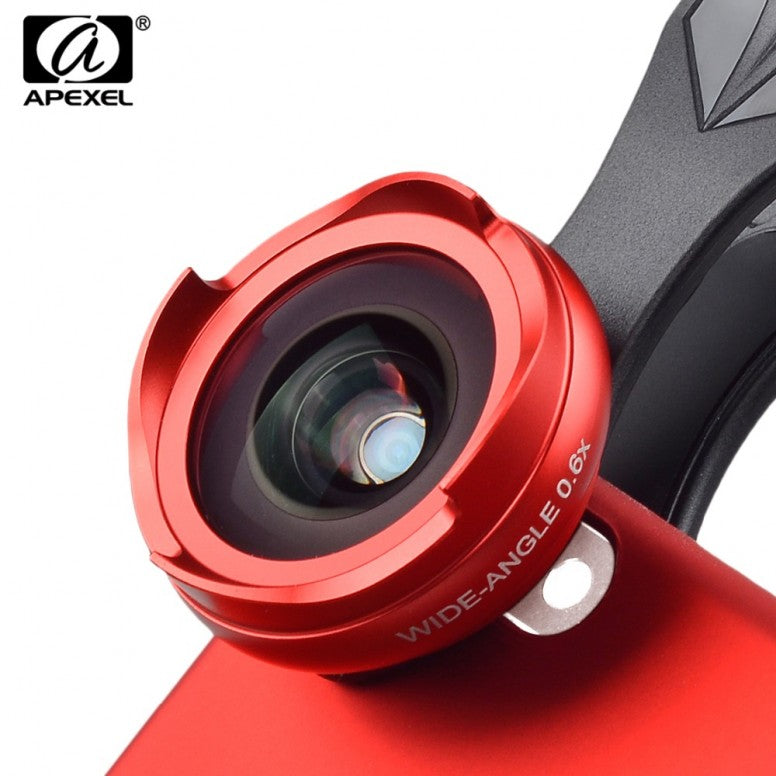Wide-angle lenses are fantastic tools for capturing expansive scenes, but using them effectively requires a bit of skill and understanding of their characteristics. Here are some tips to help you maximize the use of wide-angle lenses in various scenarios:
Embrace the Distortion:

Wide-angle lenses often introduce distortion, especially towards the edges of the frame. Instead of trying to eliminate it entirely, use distortion creatively to add a dynamic and unique touch to your photos.
Foreground Elements:

Incorporate interesting foreground elements to create depth and draw the viewer's attention into the image. This can range from rocks and flowers to architectural details.
Leading Lines:

Utilize leading lines to guide the viewer's eyes through the frame. Wide-angle lenses are excellent for emphasizing lines and shapes in your composition.
Consider Composition:

Pay attention to the composition of your shots. Wide angles are great for capturing a lot in a single frame, but that doesn't mean you should neglect the basics of composition. Apply the rule of thirds and consider the balance of elements within the frame.
Mind the Horizon:

Be cautious of tilting the camera too much, as this can lead to distorted horizons. Ensure that the horizon is level unless you deliberately want to create a dramatic effect.
Use in Tight Spaces:

Wide-angle lenses are invaluable when shooting in confined spaces. Whether you're indoors or surrounded by tall buildings, the lens allows you to capture more of the environment.
Capture Action:

Wide-angle lenses are not only for static scenes. Use them to capture dynamic action shots, like sports or bustling street scenes, to convey a sense of energy and movement.
Experiment with Angles:

Play around with different shooting angles. Sometimes getting low to the ground or shooting from a higher perspective can yield interesting and unexpected results.
Mind the Sky:

Be mindful of the sky in your wide-angle shots. If the sky is bland or uninteresting, consider including less of it in your composition and focusing more on the terrestrial elements.
Understand Hyperfocal Distance:
![]()
Learn about hyperfocal distance to maximize the depth of field. This ensures that both foreground and background elements are in focus.
Experiment with Panoramas:
Combine multiple wide-angle shots to create stunning panoramic images. This allows you to capture even more of the scene and can result in breathtaking landscapes.
Practice and Review:- Practice regularly with your wide-angle lens to become familiar with its characteristics. Review your photos to understand what works and what doesn't, refining your skills over time.
Remember that mastering wide-angle photography takes practice and experimentation. The more you use your wide-angle lens in various scenarios, the better you'll understand its capabilities and how to leverage them for visually compelling images.



4 கருத்துகள்
Maclaine Masternak
Jarik Webinger
Evelyn Abbott
Carter Ali